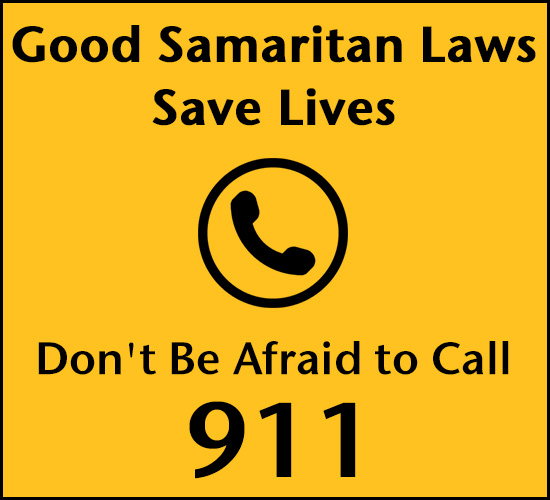North Carolina’s Sheyenne’s Law- 1st Conviction
October 19th, 2023
On July 4, 2015, 17-year-old Sheyenne Marshall was fatally injured when an impaired boater crashed into her while she was knee-boarding on Lake Norman.
After Ms. Marshall’s family learned that boating while impaired was only punishable as a Class 2 misdemeanor, they lobbied for harsher penalties for boating while impaired.
On June 27, 2026, Sheyenne’s Law passed, North Carolina General Statute § 75A‑10.3, which reads as follows:
§ 75A-10.3. Death or serious injury by impaired boating; repeat offenses
(a) Death by Impaired Boating. – A person commits the offense of death by impaired boating if all of the following apply:
(1) The person unintentionally causes the death of another person.
(2) The person was engaged in the offense of impaired boating under G.S. 75A-10(b1).
(3) The commission of the offense in subdivision (2) of this subsection is the proximate cause of the death.
(b) Serious Injury by Impaired Boating. – A person commits the offense of serious injury by impaired boating if all of the following apply:
(1) The person unintentionally causes serious injury to another person.
(2) The person was engaged in the offense of impaired boating under G.S. 75A-10(b1).
(3) The commission of the offense in subdivision (2) of this subsection is the proximate cause of the serious injury.
(c) Aggravated Serious Injury by Impaired Boating. – A person commits the offense of aggravated serious injury by impaired boating if all of the following apply:
(1) The person unintentionally causes serious injury to another person.
(2) The person was engaged in the offense of impaired boating under G.S. 75A-10(b1).
(3) The commission of the offense in subdivision (2) of this subsection is the proximate cause of the serious injury.
(4) The person has a previous conviction of impaired boating under G.S. 75A-10(b1) within seven years of the date of the offense.
(d) Aggravated Death by Impaired Boating. – A person commits the offense of aggravated death by impaired boating if all of the following apply:
(1) The person unintentionally causes the death of another person.
(2) The person was engaged in the offense of impaired boating under G.S. 75A-10(b1).
(3) The commission of the offense in subdivision (2) of this subsection is the proximate cause of the death.
(4) The person has a previous conviction of impaired boating under G.S. 75A-10(b1) within seven years of the date of the offense.
(e) Repeat Death by Impaired Boating. – A person commits the offense of repeat death by impaired boating if all of the following apply:
(1) The person commits an offense under subsection (a) or subsection (d) of this section.
(2) The person has a previous conviction under at least one of the following:
a. Subsection (a) of this section.
b. Subsection (d) of this section.
c. G.S. 14-17 or G.S. 14-18, and the basis of the conviction was the unintentional death of another person while engaged in the offense of impaired boating under G.S. 75A-10(b1).
The pleading and proof of previous convictions shall be in accordance with the provisions of G.S. 15A-928.
(f) Punishments. – Unless the conduct is covered under some other provision of law providing greater punishment, the following classifications apply to the offenses set forth in this section:
(1) Repeat death by impaired boating is a Class B2 felony.
(2) Aggravated death by impaired boating is a Class D felony. Notwithstanding the provisions of G.S. 15A-1340.17, the court shall sentence the defendant in the aggravated range of the appropriate Prior Record Level.
(3) Death by impaired boating is a Class D felony. Notwithstanding the provisions of G.S. 15A-1340.17, intermediate punishment is authorized for a defendant who is a Prior Record Level I offender.
(4) Aggravated serious injury by impaired boating is a Class E felony.
(5) Serious injury by impaired boating is a Class F felony.
(g) No Double Prosecutions. – No person who has been placed in jeopardy upon a charge of death by impaired boating may be prosecuted for the offense of manslaughter arising out of the same death; and no person who has been placed in jeopardy upon a charge of manslaughter may be prosecuted for death by impaired boating arising out of the same death.
On August 28, 2023, the first conviction of death by boating while impaired was achieved in Brunswick County when Matthew Ferster pleaded guilty to three counts of death by impaired boating. Mr. Ferster was sentenced to 9.5 to 18.5 years in prison. Matthew Ferster had caused a boating crash in March of 2020 that claimed the lives of 26-year-old Jennifer Hayes, 21-year-old Megan Lynn, and 21-year-old Garret Smith.
If you or someone you know receive a traffic ticket or any other criminal charge in New Hanover (Wilmington,) Pender (Burgaw,) or Brunswick Counties (Bolivia,) or if you or someone you know get seriously injured in an accident at which they were not at fault, call Collins Law Firm at 910-793-9000 for a confidential consultation about what we can do to help you.
By Jana H. Collins









